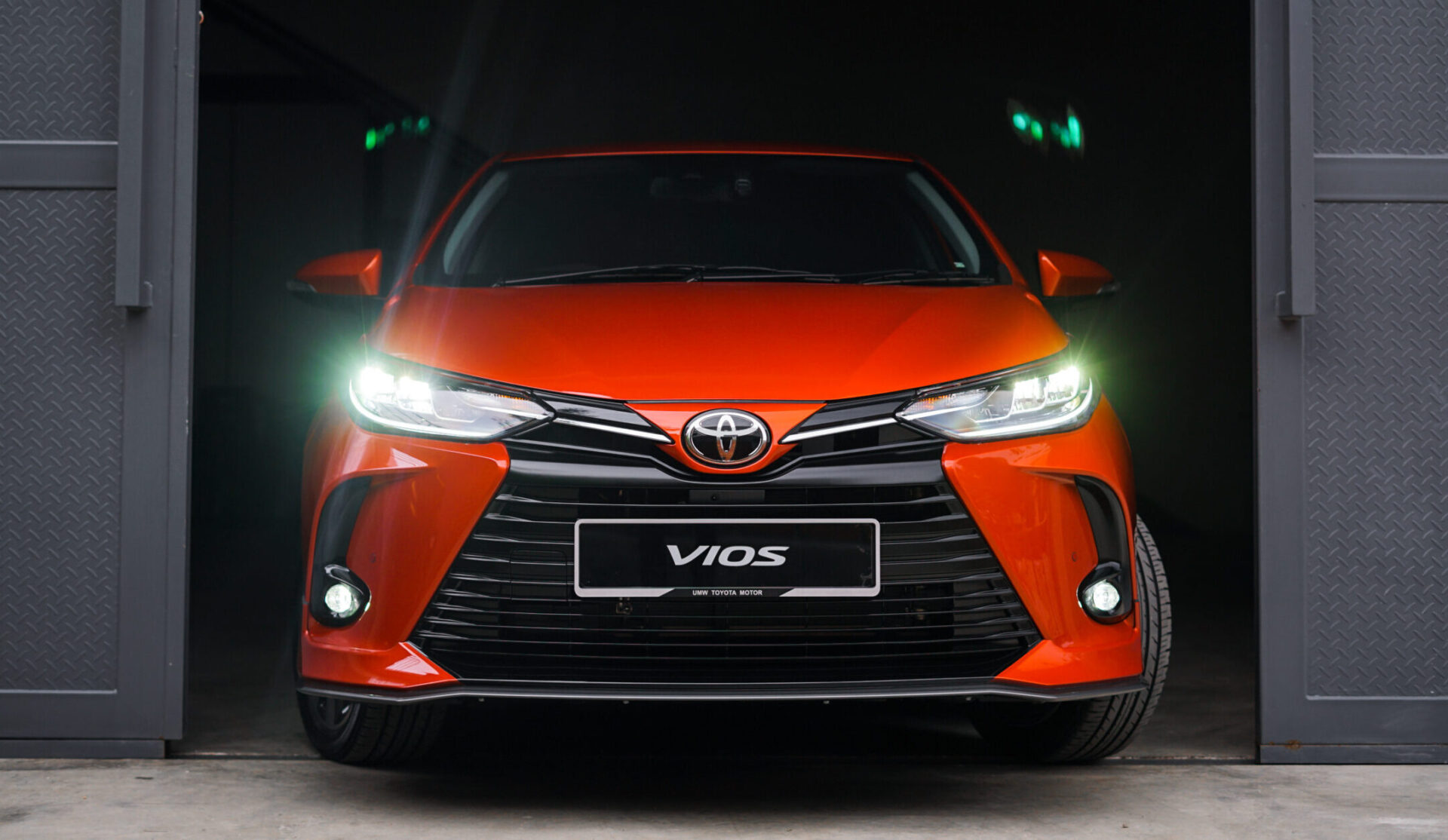Guyz i need ur help, since's u guyz are DIY experts, i mess up my paint job on my gen2 door panel, here's wat i did.
1. i wash the panel and clean it properly and dried it.
2. i then sprayed the coating and left it to dry under the sun for 10 mins
3. then i sprayed the black paint on the door and left it under the sun for 10 mins
4. and i sprayed the coating and dried it under the sun for also 10 mins
5. then sprayed back the black paint and dried it under the sun for 10 mins
6. and another 1 more time coating and under the sun for 10 mins
took me 4 hours and i was happy with the results, but the paint was peeling off abit by bits, and a scracth could see the original colour again,and one more thing is after i sprayed the coating, the paint started to be rougfh, wat should i do?? i used the anchor spray can and the colour code is H2...it's RM18 per can! ur help is much appriciated, thanks guyz!
1. i wash the panel and clean it properly and dried it.
2. i then sprayed the coating and left it to dry under the sun for 10 mins
3. then i sprayed the black paint on the door and left it under the sun for 10 mins
4. and i sprayed the coating and dried it under the sun for also 10 mins
5. then sprayed back the black paint and dried it under the sun for 10 mins
6. and another 1 more time coating and under the sun for 10 mins
took me 4 hours and i was happy with the results, but the paint was peeling off abit by bits, and a scracth could see the original colour again,and one more thing is after i sprayed the coating, the paint started to be rougfh, wat should i do?? i used the anchor spray can and the colour code is H2...it's RM18 per can! ur help is much appriciated, thanks guyz!

